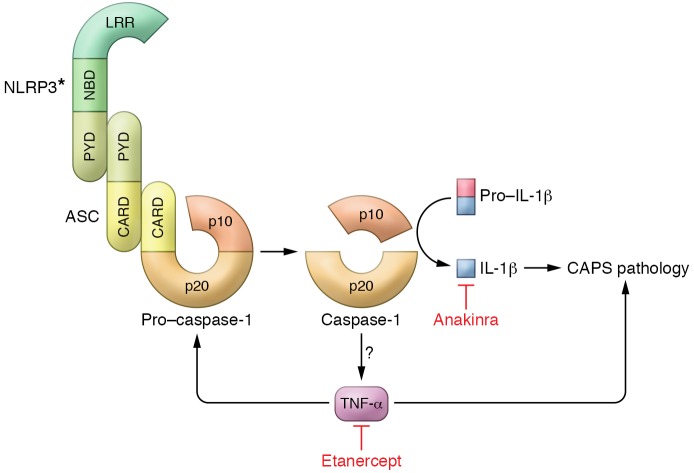Figure 1. Model of IL-1β– and TNF-α–driven pathology in CAPS.
Gain-of-function mutations in NLRP3 (asterisk denotes the mutant protein) result in the formation and activation of the NLRP3 inflammasome, composed of NLRP3, the adapter protein ASC, and caspase-1, in response to a proinflammatory stimulus (priming). This results in the autocatalytic activation of the cysteine protease pro–caspase-1 to generate two subunits, p20 and p10. Active caspase-1 then processes pro–IL-1β into its mature secreted form. Activation of the NLRP3 inflammasome in Nlrp3-mutant knockin CAPS mice results in the production of TNF-α through an unknown mechanism. This TNF-α contributes to CAPS disease pathology and also transcriptionally regulates caspase-1 and pro–IL-1β expression. Anakinra and etanercept can diminish CAPS pathology through blockade of IL-1β and TNF-α, respectively. CARD, caspase activation and recruitment domain; LRR, leucine-rich repeat domain; PYD, pyrin domain.

